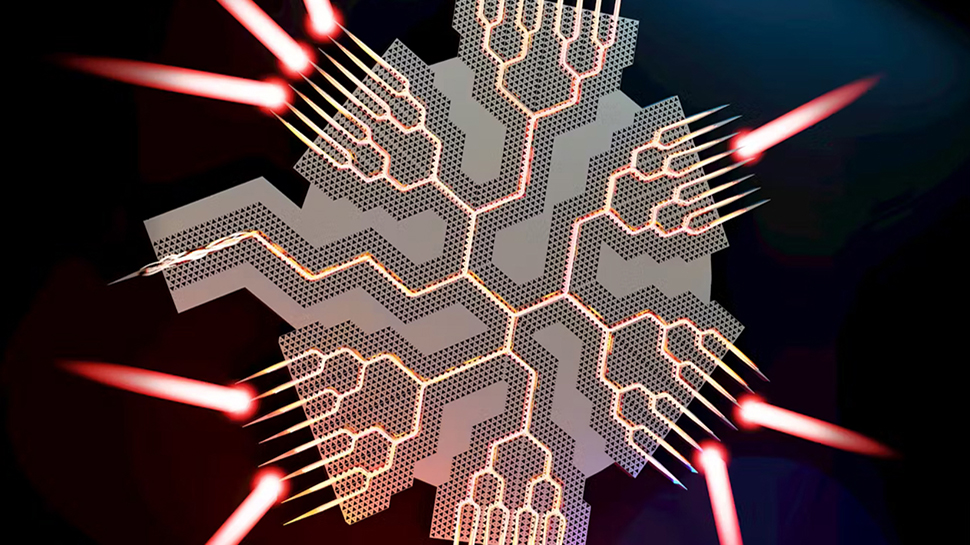Forget 5G: Universities around the world compete to become dominant force in 6G with Terahertz chips and rival technologies


Universities around the world are competing to take the lead in developing 6G technology, focusing on advances in terahertz communications and innovative silicon chips, which promise data transfer speeds far beyond current capabilities and could potentially transform the way we communicate in the future.
A team of the University of Adelaide has made great strides by introducing a new polarization multiplexer operating at terahertz frequencies. This technology could dramatically increase data transfer by efficiently utilizing the available spectrum.
“Our proposed polarization multiplexer will enable multiple data streams to be transmitted simultaneously over the same frequency band, effectively doubling the data capacity,” explained Professor Withawat Withayachumnankul. “This large relative bandwidth is a record for all integrated multiplexers in any frequency range. If it were scaled to the center frequency of the optical communication bands, such bandwidth could cover all optical communication bands.”
Wide range of applications
By doubling communication capacity under the same bandwidth and reducing data loss, the multiplexer could accelerate advances in areas such as high-definition video streaming, augmented reality and 6G mobile networks. Co-author Professor Masayuki Fujita emphasized the potential impact, saying: “This innovation is poised to catalyze a wave of interest and research activity in this area.”
Meanwhile, the University of Notre Dame has developed a silicon topological beamformer chip, which was recently Nature“Our chip takes a terahertz signal from a single source and splits it into 54 smaller signals,” lead researcher Ranjan Singh wrote in a paper for The conversation.
“Terahertz frequencies are crucial for 6G, which telecommunications companies want to roll out around 2030. The radio frequency spectrum used by current wireless networks is becoming increasingly congested. Terahertz waves offer a solution by using the relatively unoccupied part of the electromagnetic spectrum between microwaves and infrared. These higher frequencies can carry enormous amounts of data, making them ideal for the data-intensive applications of the future.”
Designed with artificial intelligence in mind, the chip features a honeycomb structure that channels terahertz waves with precision and delivers focused beams for ultra-fast data transfers of up to 72 gigabits per second. An illustration of this experimental chip is shown at the top of the page.
These terahertz technologies have a wide range of applications, from enabling instant downloads of 4K ultra-high-definition movies to supporting real-time holographic communications and remote surgery. The potential for these breakthroughs could revolutionize telecommunications, imaging, radar and the Internet of Things in the coming decade.




